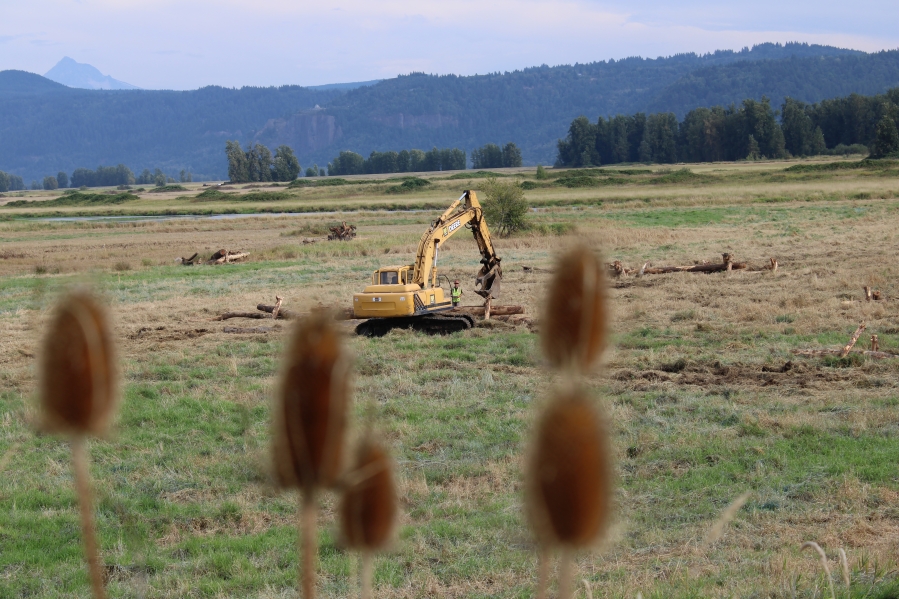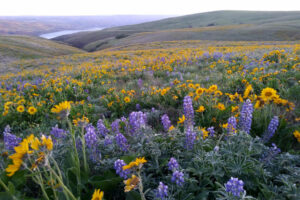Construction at the Steigerwald Lake National Wildlife Refuge in Washougal is set to begin Monday, June 1.
The work is part of the multi-year Steigerwald Reconnection Project, a collaborative effort led by the Portland-based Lower Columbia Estuary Partnership (LCEP), United States Fish and Wildlife Service (USFWS) and Port of Camas-Washougal to reconfigure the existing Columbia River levee system to reduce flood risk, reconnect 965 acres of Columbia River floodplain and increase recreation opportunities.
“This is a big milestone for the project,” said LCEP’s executive director, Debrah Marriott.
Construction crews will raise a portion of state Route 14 (Highway 14), realign a section of Gibbons Creek, relocate the refuge’s parking lot and manufacture setback levees, which will better protect the Port’s industrial park, city of Washougal’s wastewater treatment plant and private residences from flooding.
“The significance of the June 1 date is that we’re getting started on the larger elements of the project,” said Chris Collins, LCEP’s principal restoration ecologist.





